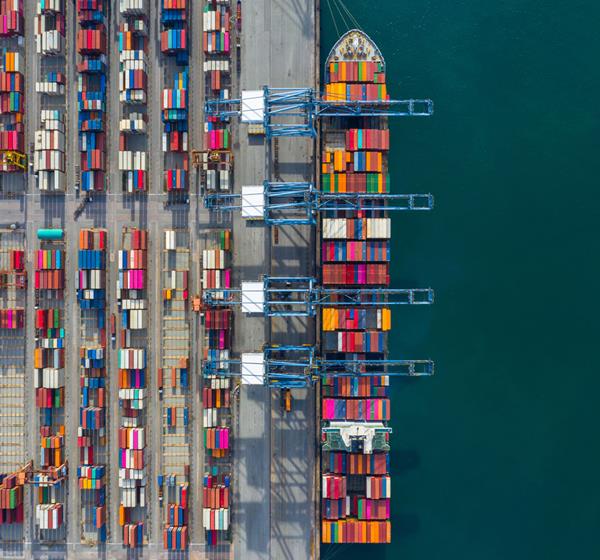When will the GVMS System come into effect?
From 1 January 2022, exports and imports between Great Britain and the EU will be subject to full customs controls.
As a result, businesses who move goods into Great Britain from the EU, including both small traders and haulage firms, will have to adapt to these changes.
To support full customs controls on goods, particularly those locations with limited space or infrastructure, the government introduced the goods vehicle movement service (GVMS).
The GVMS is an IT platform that will be available at certain ports for faster clearance of goods with pre-lodged declarations. GVMS is connected to Customs Handling of Import and Export Freight (CHIEF) and provides electronic notification of shipment status.
It will enable hauliers, port operators and carriers to use a single GVMS reference for a vehicle or trailer to process it on arrival and departure at certain roll-on/roll-off ferry ports, so that on arrival in Northern Ireland or Great Britain, the majority of goods will flow without further intervention. Each movement across the UK border will require a pre-lodged customs declaration, the details of which must be recorded in GVMS against the vehicle that is being used to transport the goods.

What is the GMVS customs declaration process?
Goods arriving at ports using GVMS will need to lodge the customs declaration before they arrive at the port in the EU and should be made within 3 hours of the presentation of the goods at any other location.
Since the start of this year, businesses have been able to delay customs declarations for up to 175 days from when goods arrived in the country. However, the changes on 1 January no longer allow for delays. Full declarations must be made at the time of bringing goods in. Alternatively, simplified declarations can be used if the importer or agent are authorised.
In order to move goods through GVMS ports, the person or business responsible for moving goods must first register for the GVMS with HMRC.